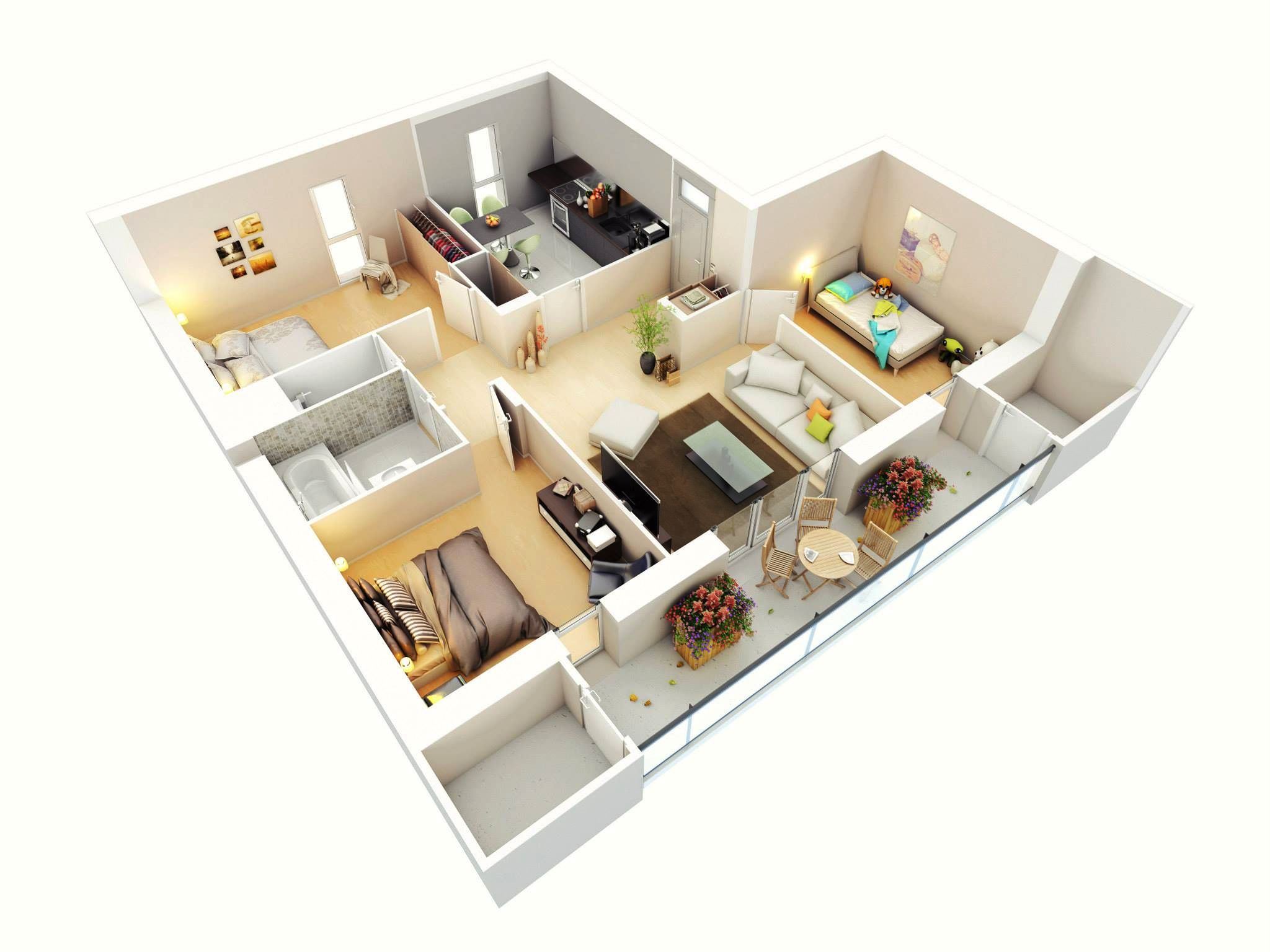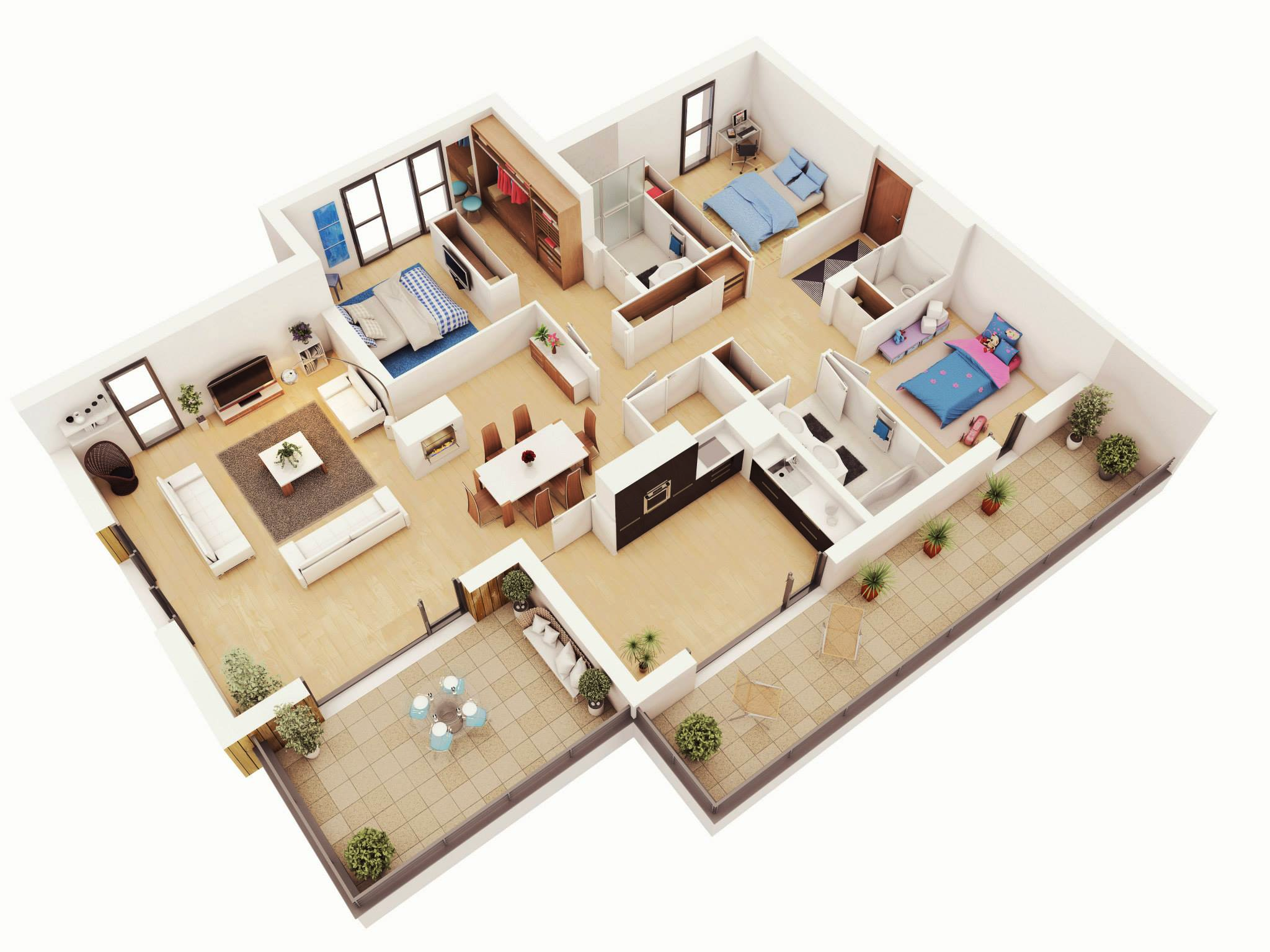The Allure of Tiny Houses

The tiny house movement has gained significant momentum in recent years, with people increasingly seeking alternative and sustainable housing solutions. This trend is driven by a desire for a simpler, more affordable, and environmentally conscious lifestyle. Tiny houses offer a compelling alternative to traditional homes, appealing to a wide range of individuals and families seeking a different way of life.
The Appeal of Minimalist Living
The tiny house movement is closely intertwined with the philosophy of minimalist living. Minimalism emphasizes living with less, focusing on owning only what brings value and joy. This approach encourages intentional consumption, reducing waste and fostering a sense of contentment. By downsizing their living space, tiny house owners embrace minimalism, decluttering their lives and prioritizing experiences over material possessions.
Benefits of Owning a Tiny House
Tiny houses offer a range of benefits that make them an attractive housing option for many.
- Lower Mortgage Payments: The smaller size of tiny houses translates to lower construction costs, resulting in significantly reduced mortgage payments compared to traditional homes. This affordability makes homeownership more accessible, particularly for young professionals, retirees, and those seeking financial freedom.
- Reduced Energy Consumption: Tiny houses have a smaller footprint, requiring less energy to heat, cool, and power. This reduced energy consumption translates into lower utility bills, contributing to a more sustainable lifestyle and lower environmental impact.
- Increased Mobility: Many tiny houses are built on trailers, making them highly mobile and adaptable. This allows owners to relocate easily, explore different locations, and embrace a more nomadic lifestyle. The ability to move freely provides flexibility and opens up new possibilities for adventure and travel.
Designing a 3-Bedroom Tiny House: 3 Bedroom Tiny House Blueprints

A 3-bedroom tiny house presents a unique design challenge, balancing the need for multiple living spaces with the inherent limitations of a small footprint. The goal is to create a functional and comfortable home while maximizing every inch of available space.
Floor Plan Design for a 3-Bedroom Tiny House
The design of a 3-bedroom tiny house floor plan requires careful consideration of space allocation and functionality. A common approach is to use a loft layout, where one or two bedrooms are located on a raised platform above the living area. This maximizes floor space and creates a sense of separation between the bedrooms and the main living area.
Challenges of Incorporating Three Bedrooms into a Small Footprint
The most significant challenge in designing a 3-bedroom tiny house is creating enough space for each bedroom while maintaining adequate living areas. This requires careful consideration of the size and layout of each bedroom and the overall flow of the house. Additional challenges include:
- Limited storage space: A tiny house with three bedrooms will have limited storage space, requiring creative solutions for maximizing storage.
- Privacy concerns: Ensuring privacy in a small space with multiple bedrooms can be challenging, especially for children or teenagers.
- Accessibility issues: A loft layout can pose accessibility challenges, especially for older adults or individuals with mobility limitations.
Maximizing Storage Space in a 3-Bedroom Tiny House
Maximizing storage space is crucial in a tiny house, especially one with three bedrooms. Here are some creative solutions for maximizing storage:
- Built-in storage: Utilize every available space with built-in storage solutions such as under-bed drawers, cabinets, and shelves.
- Vertical storage: Maximize vertical space by utilizing tall cabinets, shelves, and storage systems.
- Multi-functional furniture: Use furniture that serves multiple purposes, such as a bed that converts into a sofa or a coffee table with built-in storage.
Comparison of 3-Bedroom Tiny House Floor Plan Layouts
The table below compares different 3-bedroom tiny house floor plan layouts:
| Layout | Description | Advantages | Disadvantages |
|---|---|---|---|
| Loft Layout | Two bedrooms are located on a loft platform above the living area. | Maximizes floor space, creates a sense of separation between bedrooms and living area. | Accessibility challenges, potential noise issues between bedrooms and living area. |
| Split-Level Layout | Bedrooms are located on different levels, with one bedroom on the main floor and one or two bedrooms on a loft platform. | Provides more privacy for each bedroom, allows for a larger living area on the main floor. | Requires a staircase, can be more challenging to navigate. |
| Open-Concept Layout | Bedrooms are separated from the living area by dividers or curtains, creating a sense of openness. | Maximizes floor space, creates a sense of spaciousness. | Limited privacy, can be difficult to create a sense of separation between living and sleeping areas. |
Building a 3-Bedroom Tiny House

Building a 3-bedroom tiny house presents a unique set of challenges and rewards. It requires careful planning, attention to detail, and a solid understanding of construction methods. Whether you choose to DIY or hire professionals, the journey of building your dream home will be filled with learning and satisfaction.
Construction Methods, 3 bedroom tiny house blueprints
There are several construction methods used for tiny houses, each with its advantages and disadvantages.
- Traditional Framing: This method involves building a wooden frame with studs, joists, and sheathing. It is a common and versatile approach, allowing for customization and flexibility in design.
- Lightweight Construction: This method utilizes lighter materials like aluminum or composite panels, reducing the overall weight of the house. It is particularly suitable for tiny houses that need to be easily transportable.
- Modular Construction: In this method, prefabricated sections of the house are built off-site and then assembled on the building site. This can expedite the construction process and reduce labor costs.
DIY vs. Professional Builds
The decision to DIY or hire a professional depends on your skills, experience, and available time.
- DIY: Building a tiny house yourself can be a rewarding experience, offering a sense of accomplishment and cost savings. However, it requires significant time, effort, and technical skills.
- Professional: Hiring a professional builder ensures expertise and quality craftsmanship. It can save time and minimize potential mistakes. However, it comes at a higher cost.
Resources for Building a Tiny House
Finding qualified contractors or DIY building guides for tiny houses is essential for a successful project.
- Tiny House Communities: Online forums and social media groups provide a platform for connecting with experienced builders and getting advice from fellow tiny house enthusiasts.
- Tiny House Builders: Several specialized tiny house builders offer design, construction, and customization services.
- DIY Guides and Books: Numerous resources are available online and in print, providing step-by-step instructions, design ideas, and technical information.
Step-by-Step Guide for Building a 3-Bedroom Tiny House
Building a 3-bedroom tiny house requires careful planning and execution.
Foundation
The foundation is the base of your tiny house and should be strong and stable.
- Site Preparation: Clear the building site and ensure the ground is level.
- Foundation Type: Choose a foundation type suitable for your location and budget, such as concrete piers, concrete slab, or a crawl space.
- Installation: Install the foundation according to building codes and specifications.
Framing
The framing provides the structural support for your tiny house.
- Floor Framing: Construct the floor joists and subfloor.
- Wall Framing: Build the wall studs and sheathing.
- Roof Framing: Install the roof trusses and rafters.
Finishing Touches
After the framing is complete, you can add the finishing touches to your tiny house.
- Exterior Cladding: Install siding, roofing, and windows.
- Interior Finishes: Add drywall, insulation, flooring, and paint.
- Plumbing and Electrical: Install plumbing and electrical systems.
Essential Tools and Materials
Building a 3-bedroom tiny house requires a range of tools and materials.
- Tools:
- Measuring tape
- Level
- Circular saw
- Hammer
- Screwdriver
- Drill
- Safety glasses
- Work gloves
- Materials:
- Lumber
- Sheathing
- Insulation
- Drywall
- Flooring
- Paint
- Plumbing fixtures
- Electrical wiring
3 bedroom tiny house blueprints – Three bedroom tiny house blueprints are a testament to the ingenuity of modern design, proving that small spaces can be both functional and stylish. While you might be tempted to sacrifice a dedicated bathroom in such a compact home, a joseph joseph bathroom bin grey can add a touch of elegance and keep things tidy, reminding you that even in a tiny house, every detail matters.
While 3 bedroom tiny house blueprints might seem like an architectural oxymoron, the concept of maximizing space is certainly not. If you’re looking for a more spacious alternative, consider exploring bungalow plans with 3 bedrooms. These charming homes offer a blend of traditional style and modern functionality, providing ample room for a growing family.
Of course, if you’re truly committed to the minimalist lifestyle, those tiny house blueprints might just be the ticket to a life of less clutter and more adventure.